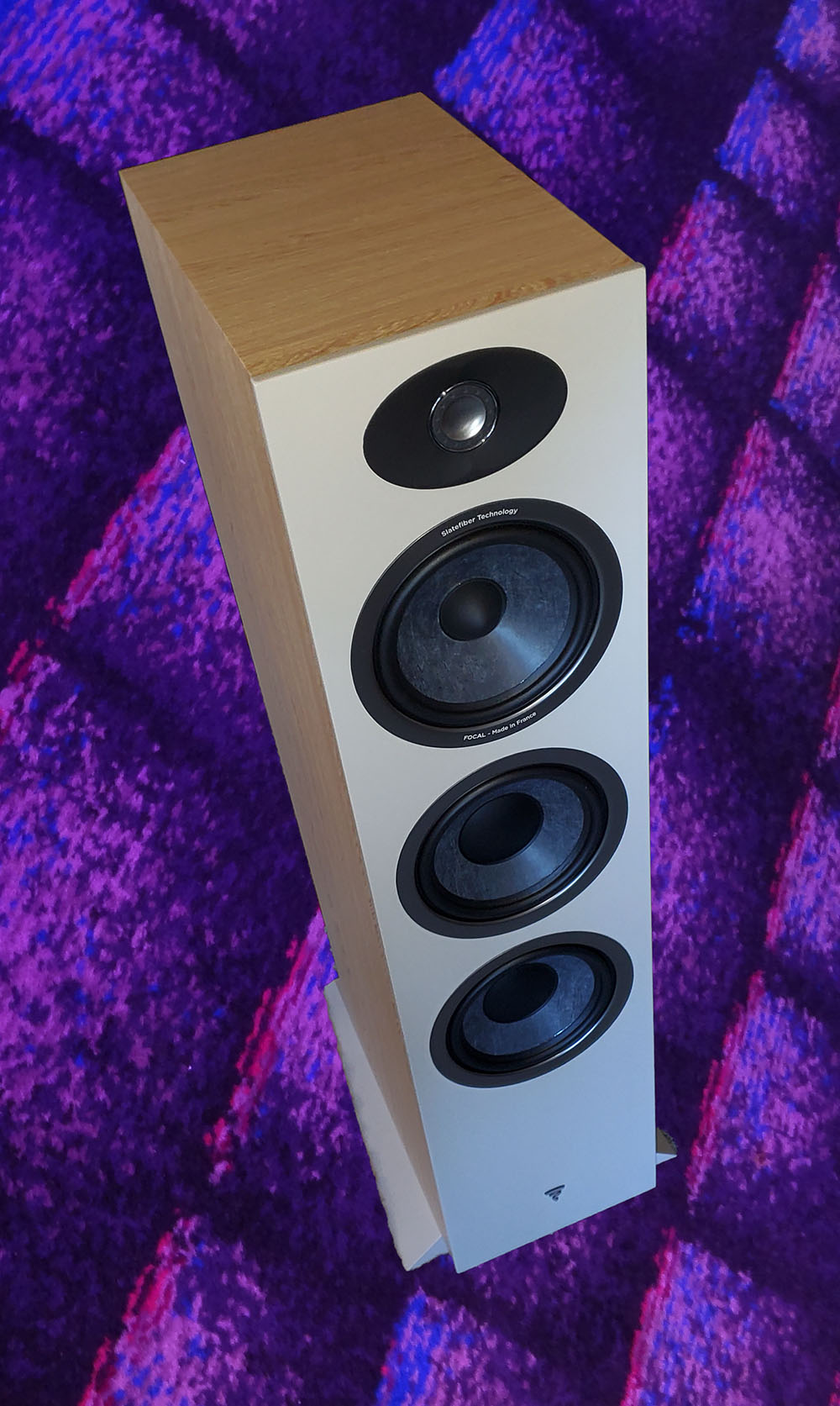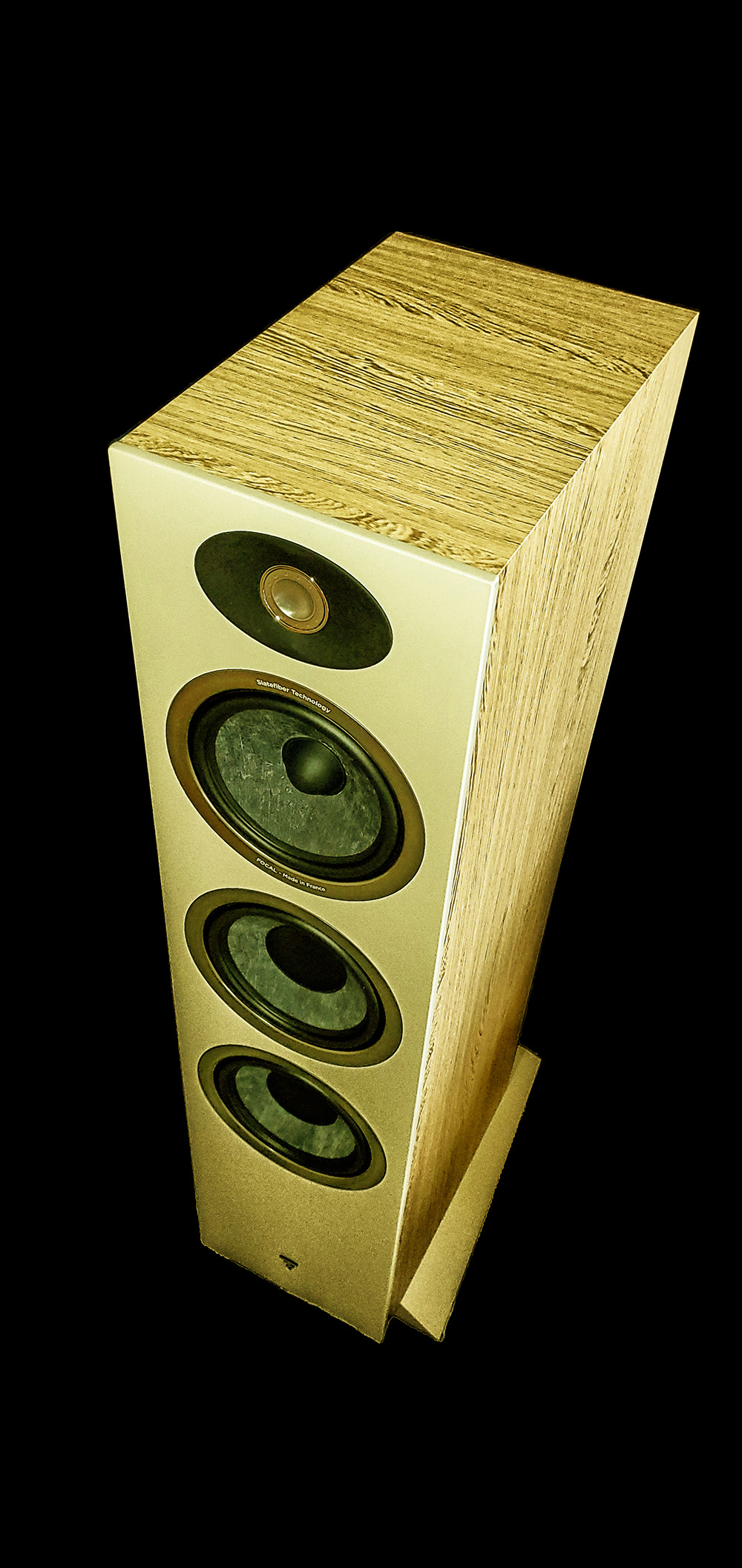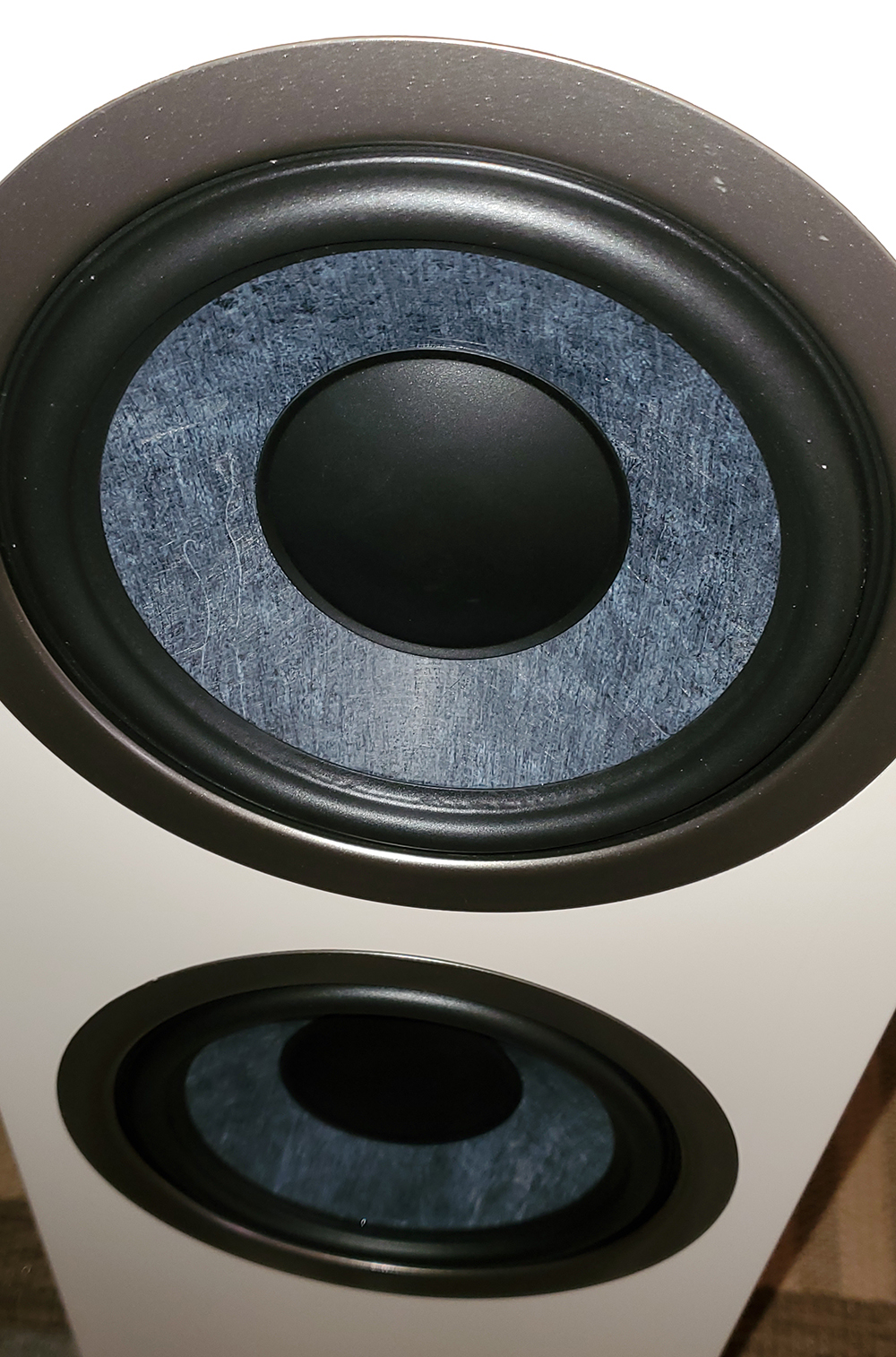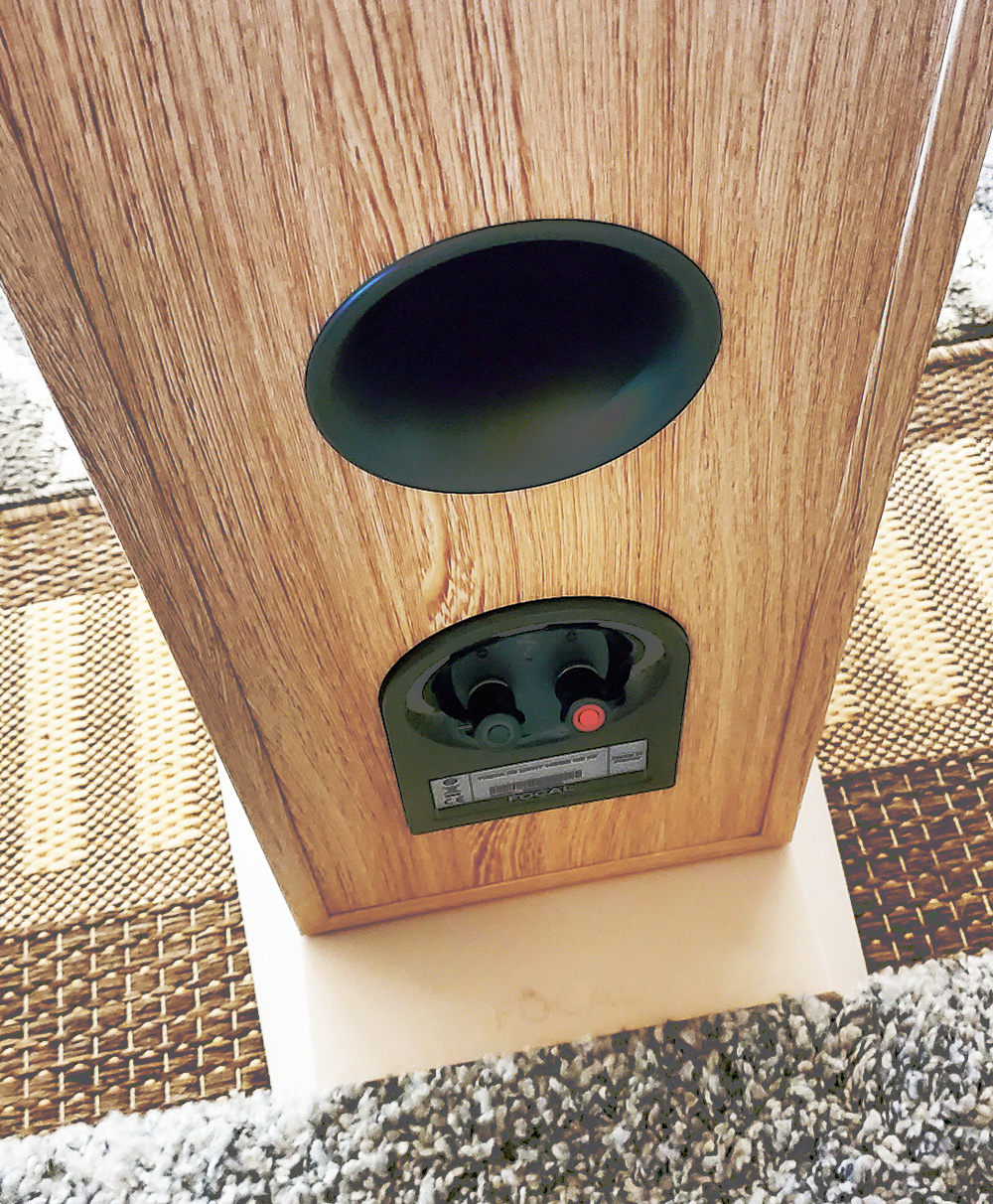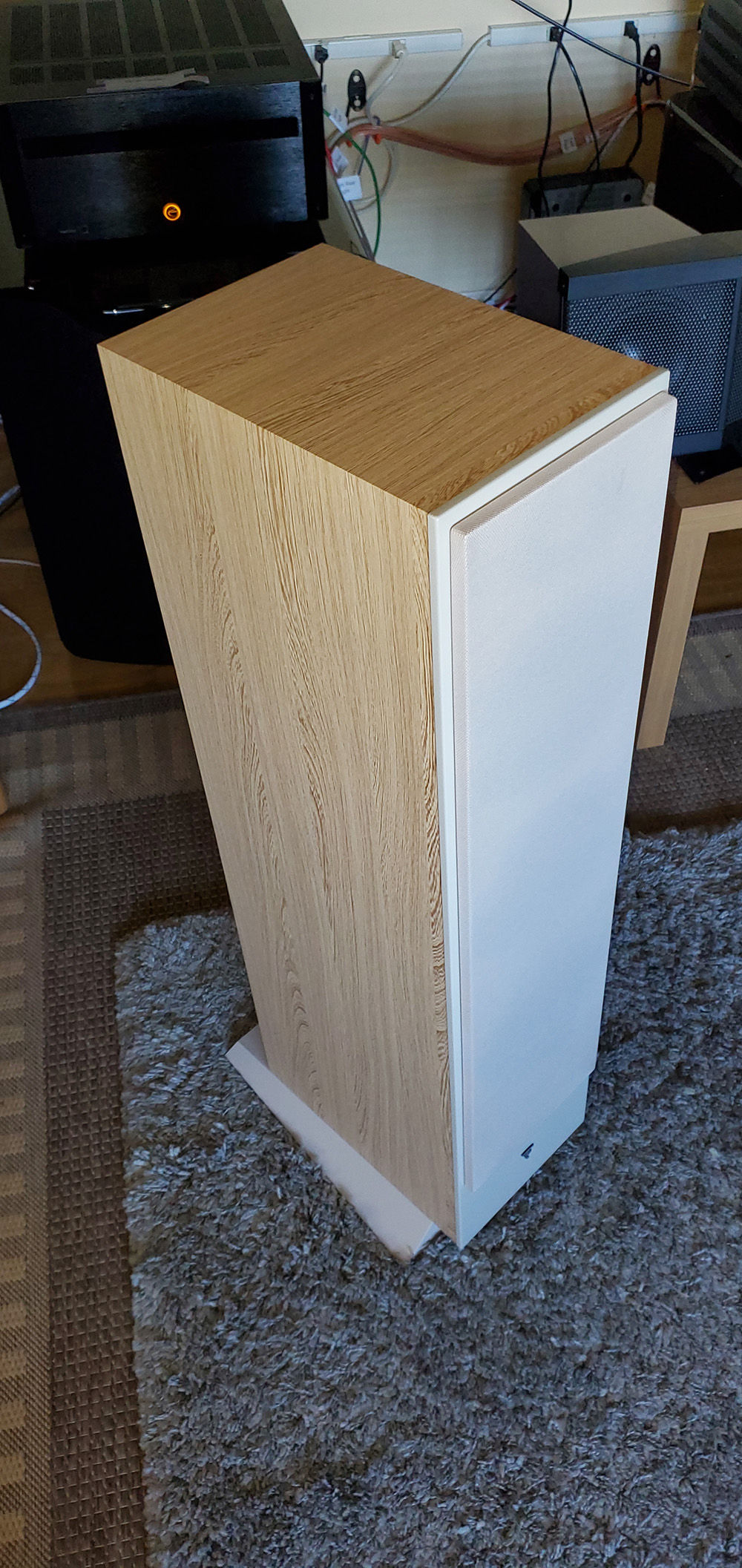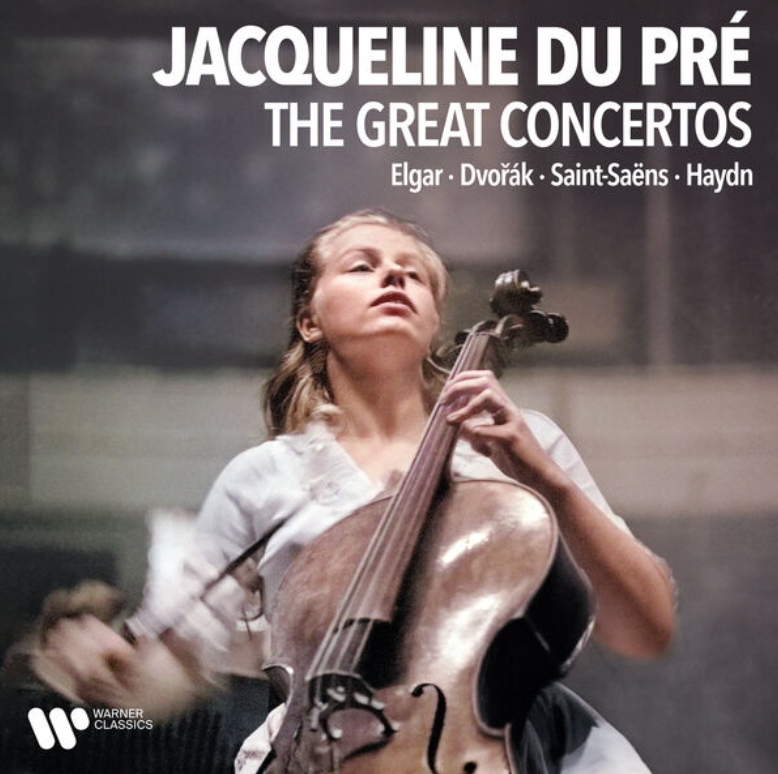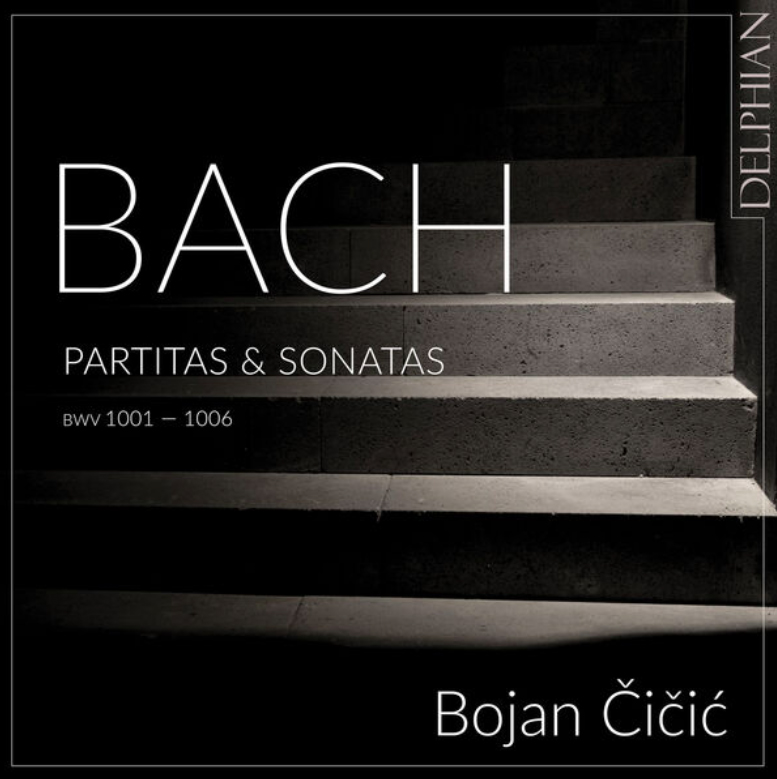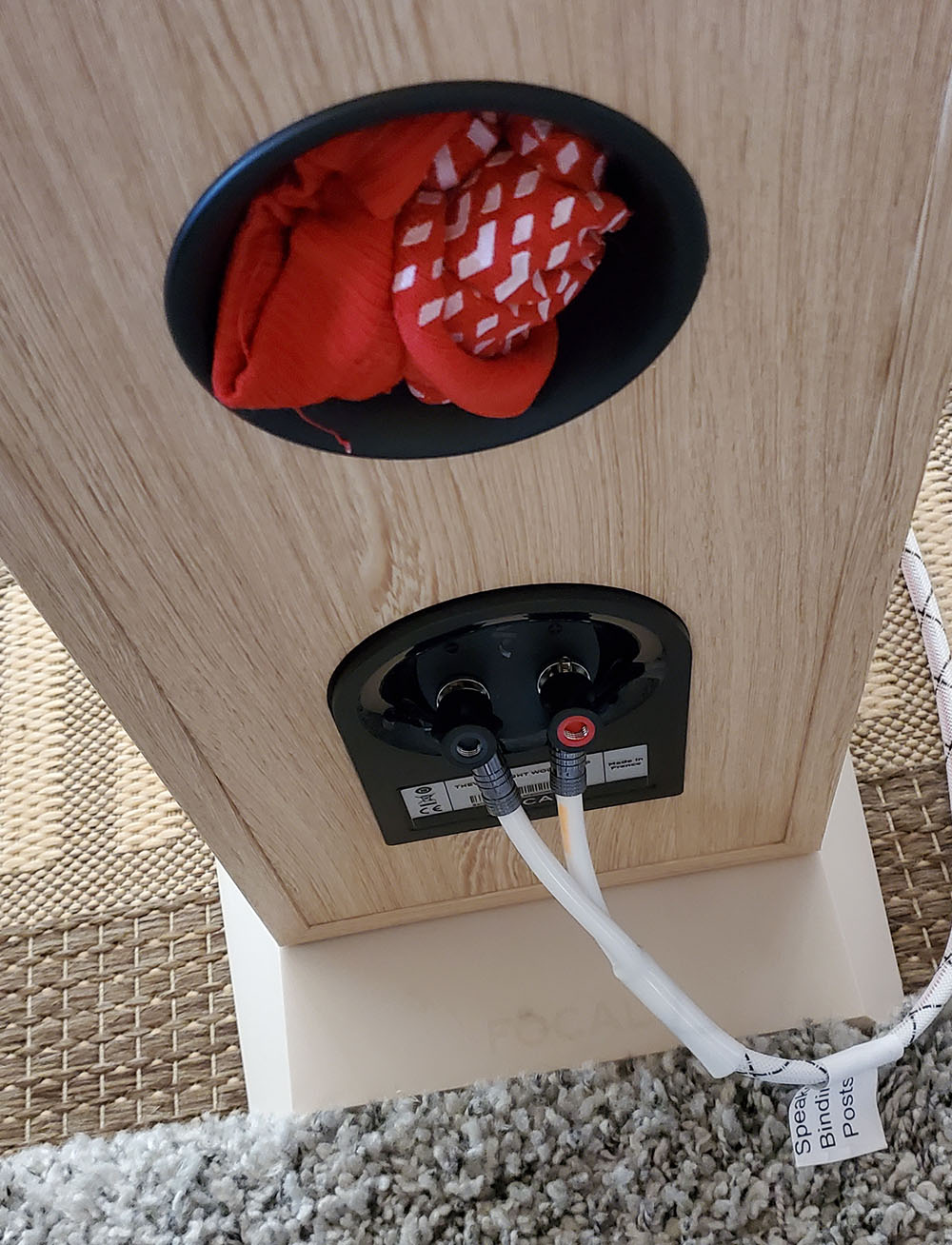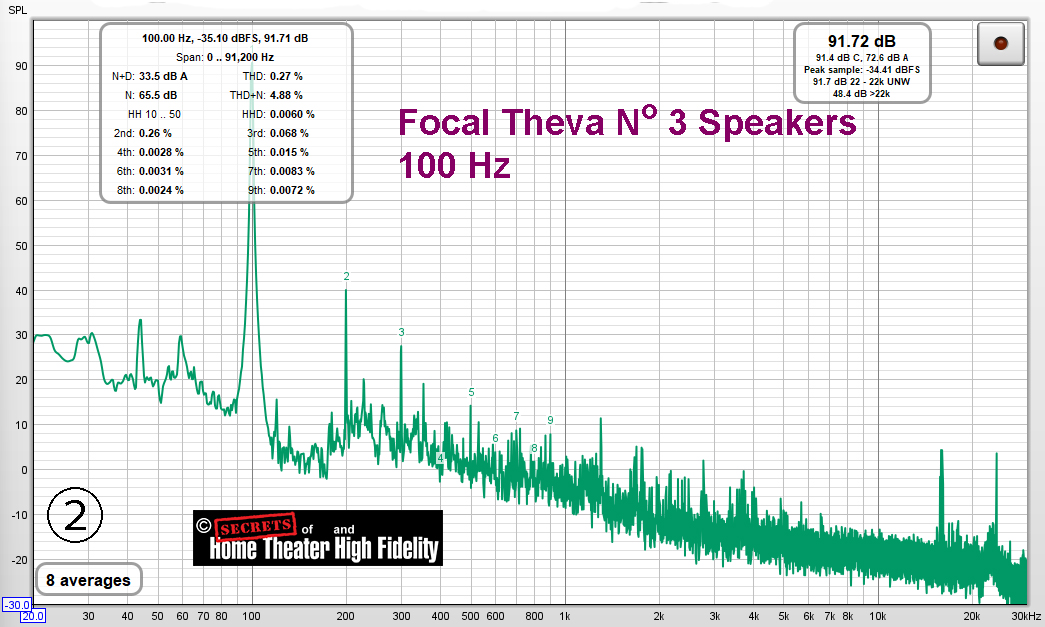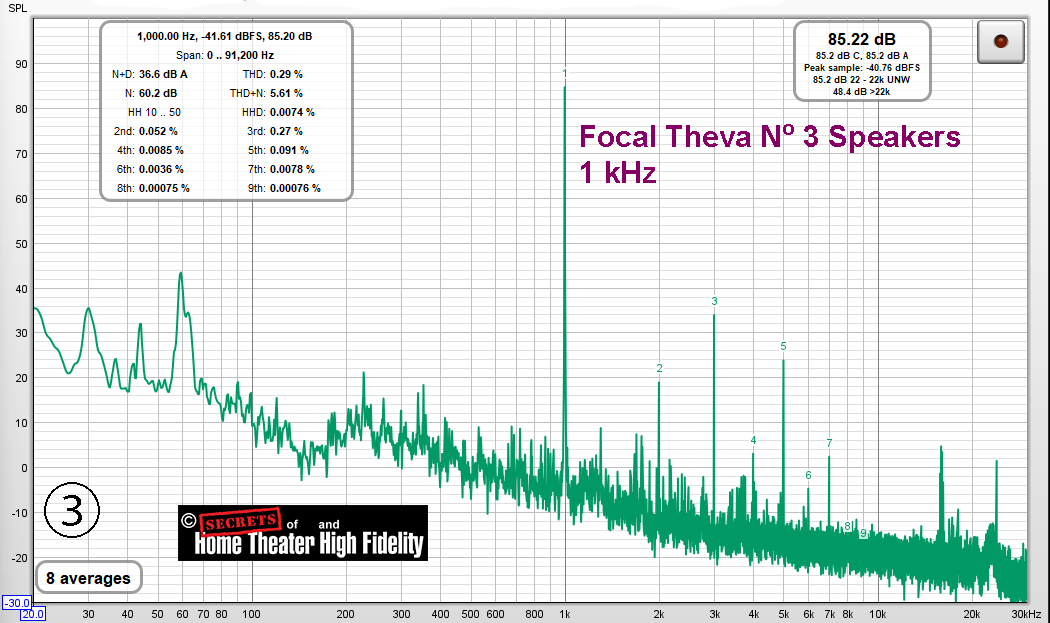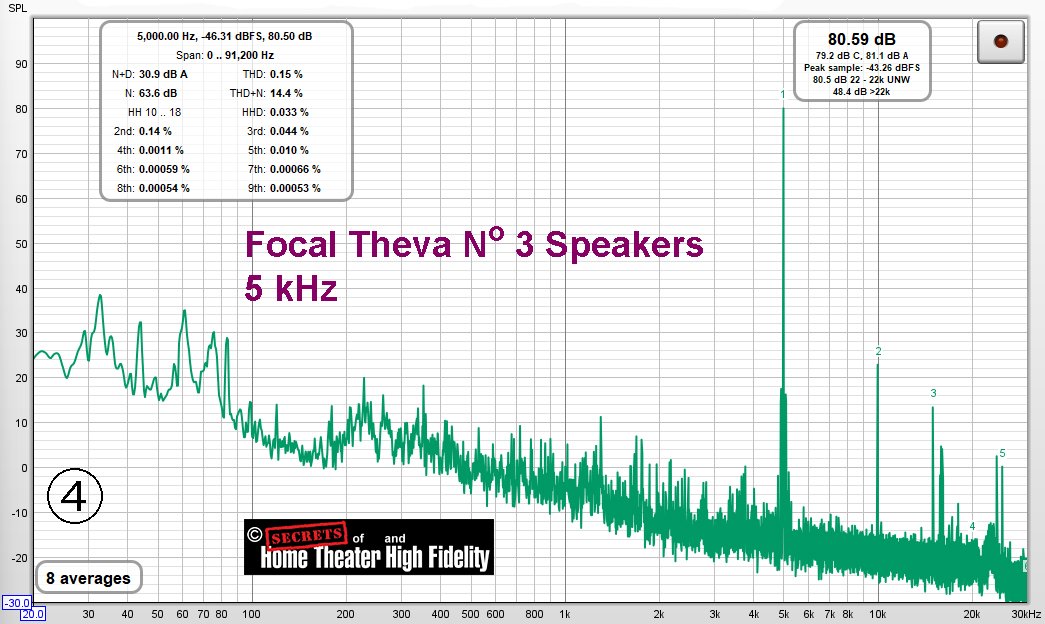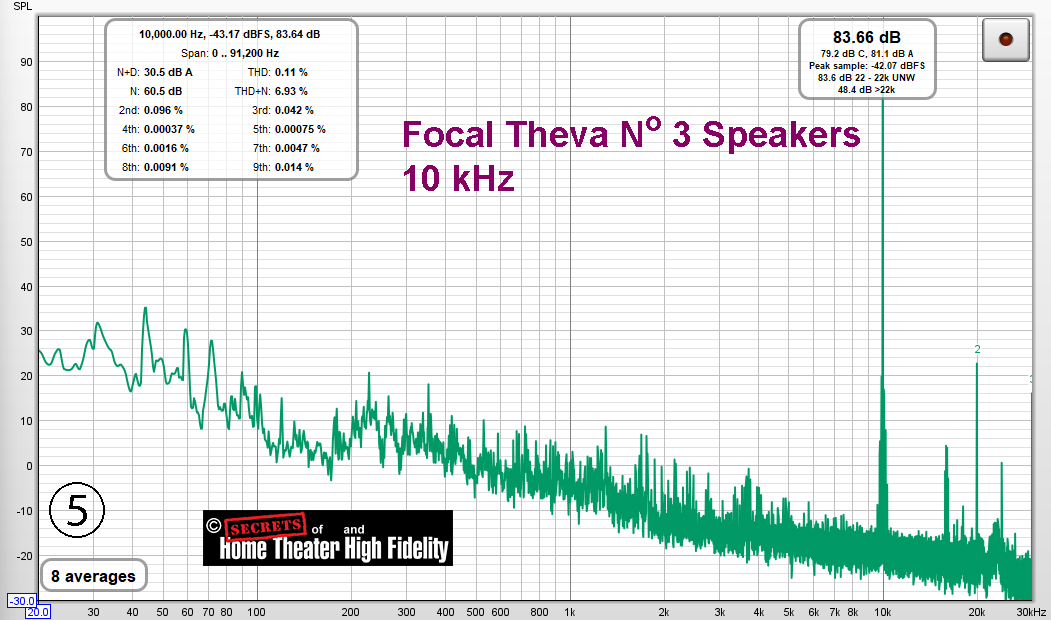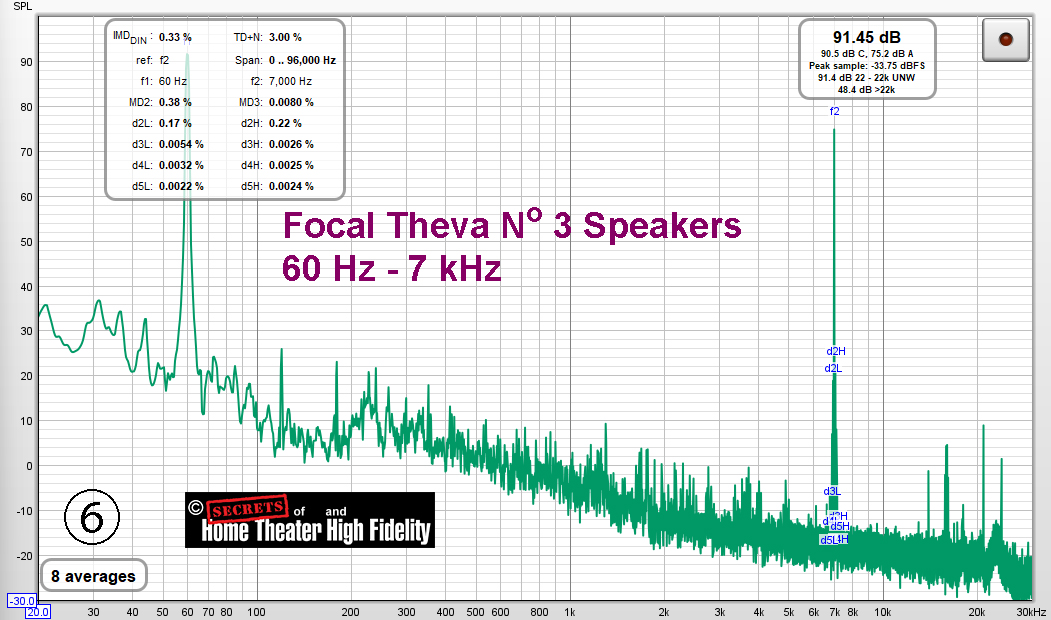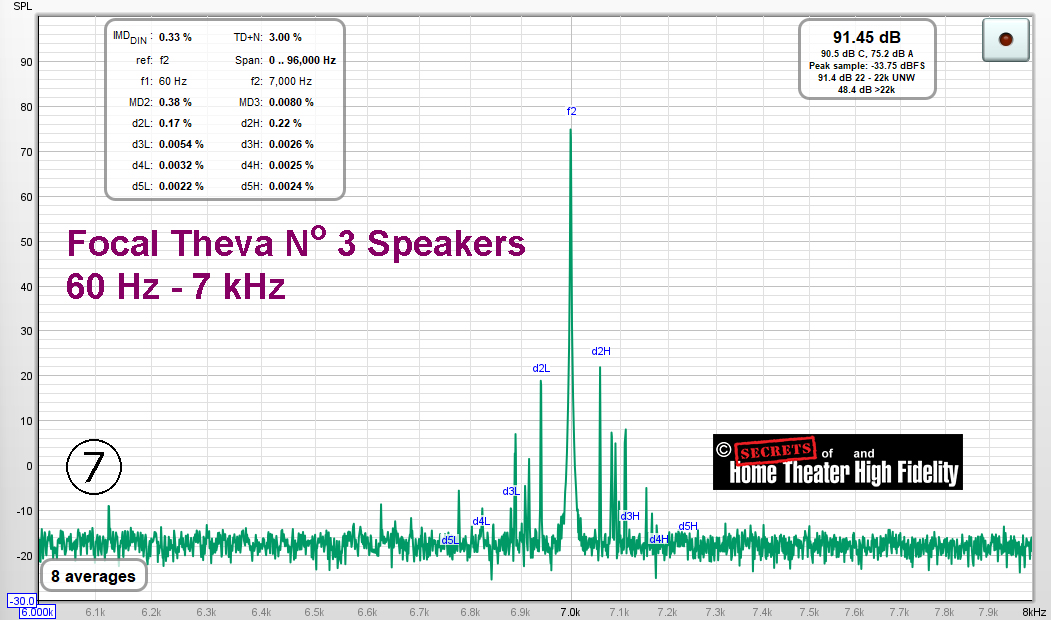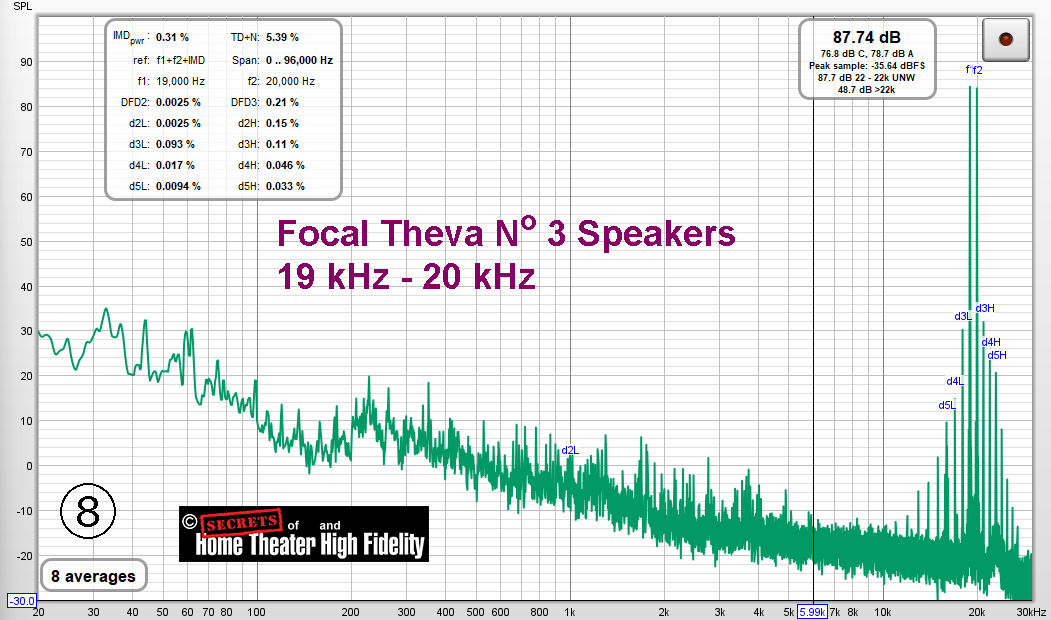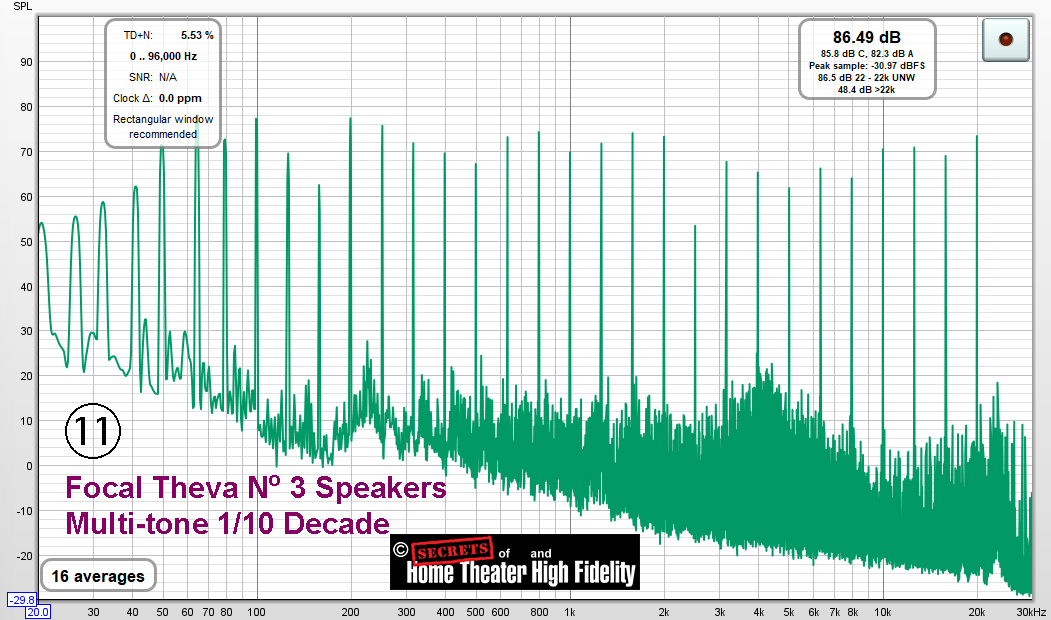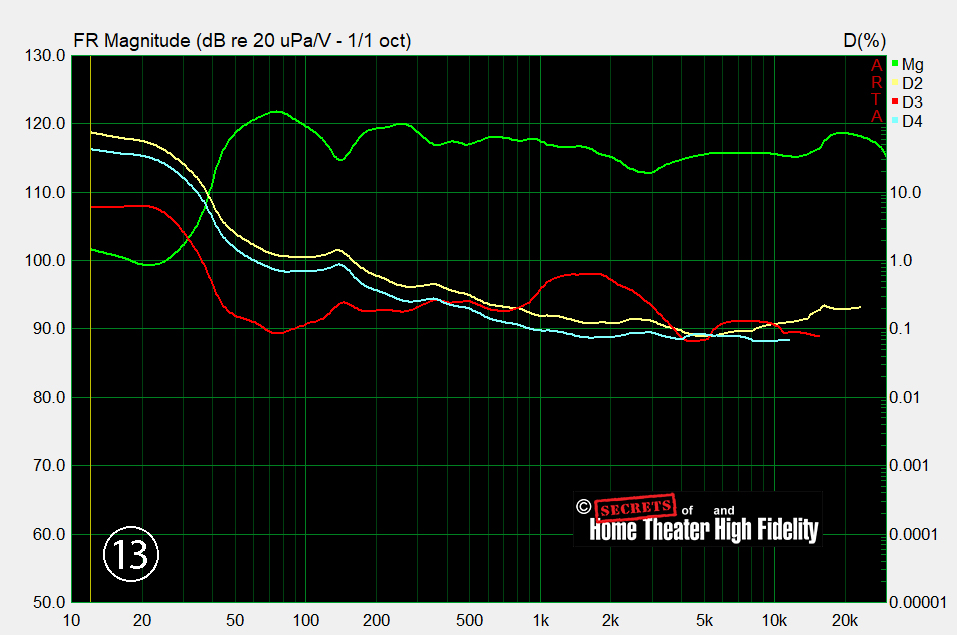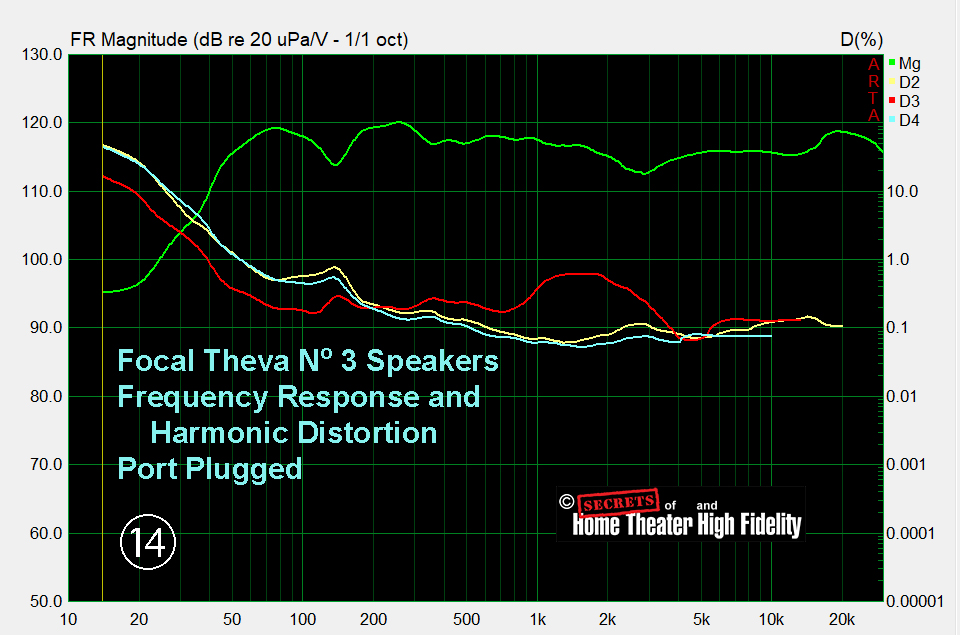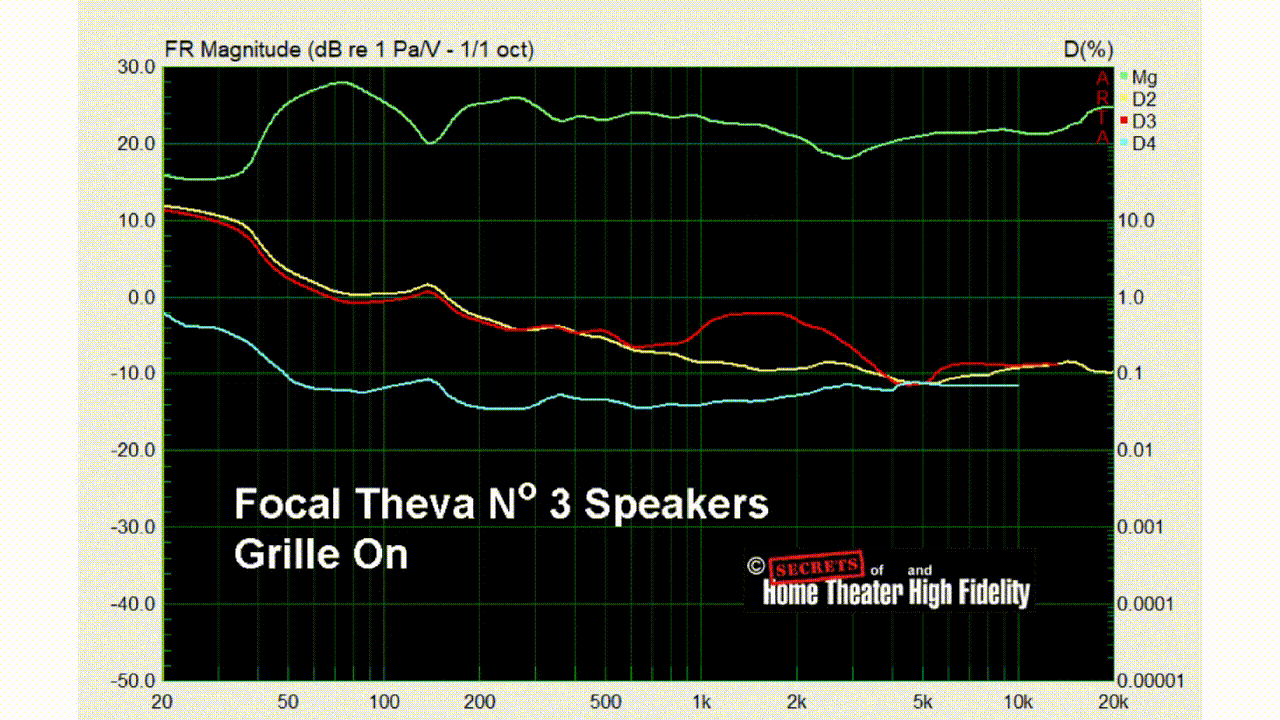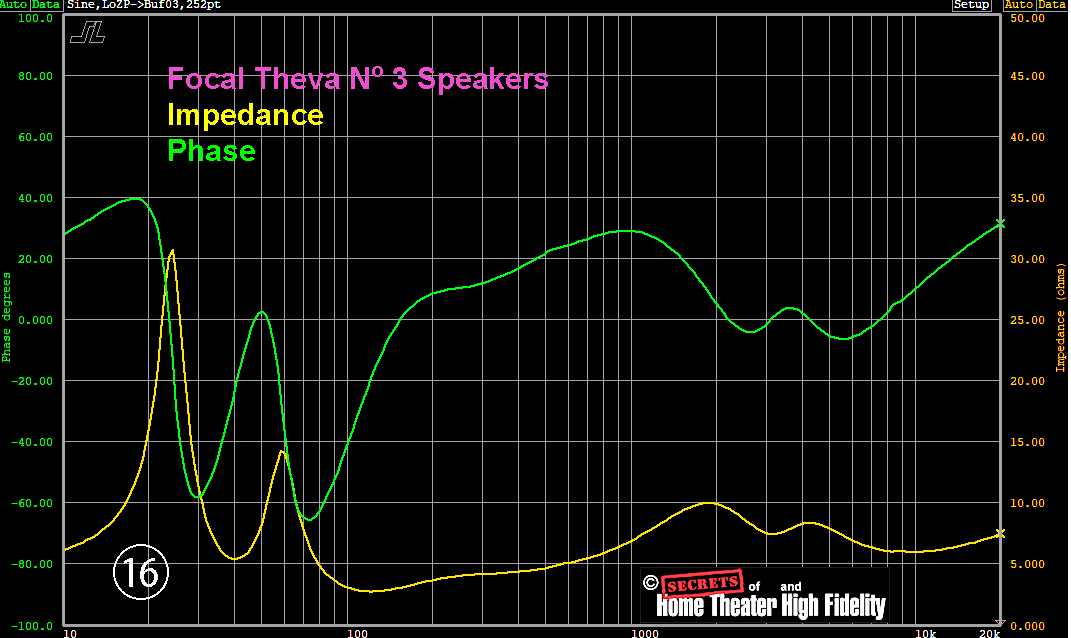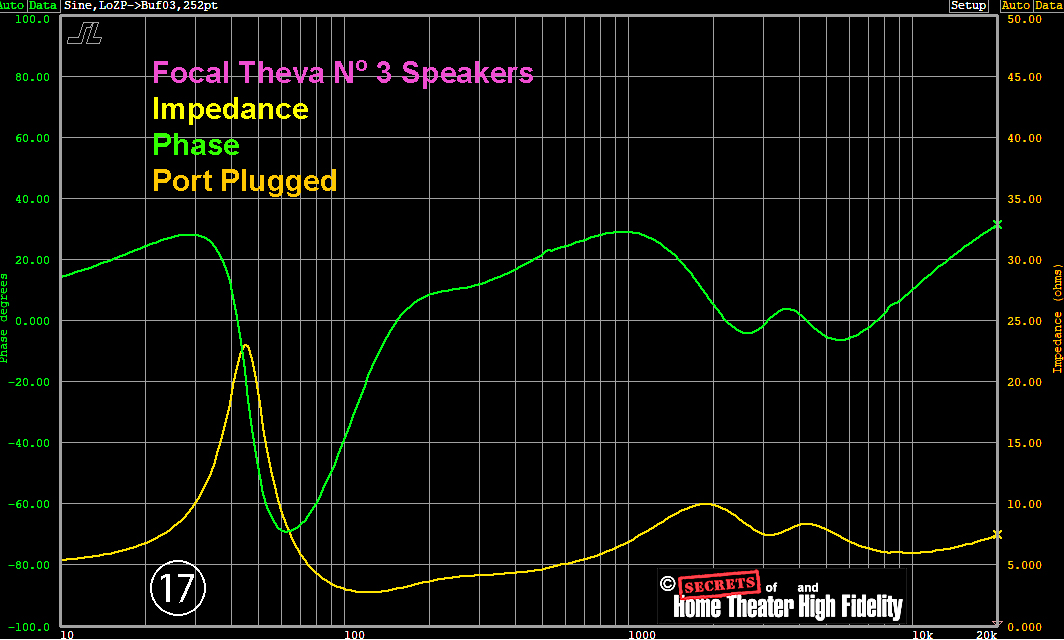Focal Theva No 3 Floor-standing Speakers Highlights
- Beautiful new light wood color that is very fashionable
- Performs well
- Nicely constructed
- Sound-shaping favors those who like punchy bass and bright highs
I have reviewed a lot of Focal speakers, which are manufactured in France where the company headquarters are located. Why? Because I like them.
Hi-Fi manufacturers are releasing new models that fit a trend in customer finances: affordable and good value for the dollar.
Focal has done just this with the release of a new line called Theva. The line includes bookshelf (stand-mounted), center channel, and floor-standing models.
I obtained a pair of floor-standers, Theva No 3. They also have a No 1 stand-mount ($998/pair), No 2 floor-stander ($1,798/pair), No 3-D with a large driver on the top of the enclosure for Dolby Atmos ($2,998/pair), a center channel ($649/each), and surround speaker ($649/each).
To save cost, the veneer is simulated wood rather than real wood. The base is plastic rather than wood. In other words, the money goes into the drivers.
DESIGN:
Three-way floor-stander, ported on rear
DRIVERS:
One 1″ aluminum-magnesium inverted dome tweeter
One 6.5″ midrange driver, Slatefiber®
Two 6.5″ woofers, Slatefiber®
SENSITIVITY:
91 dB
FREQUENCY RESPONSE:
48 Hz – 28 kHz
NOMINAL IMPEDANCE:
8 Ohms
CROSSOVER FREQUENCIES:
270 Hz, 2,700 Hz
DIMENSIONS:
39″ H x 8-3/8″ W x 15-1/4″ D
98.9 cm H x 21.2 cm W x 38.8 cm D
WEIGHT:
44.09 Pounds – 20 kg
MSRP:
$2,398/pair USD
Website:
Company:
SECRETS Tags:
Floor-standing speakers, floor-standing speakers reviews, focal, no 3, theva
Secrets Sponsor
The Focal Theva No 3 speakers are a three-way design, with a 1″ inverted-dome aluminum-magnesium tweeter, one 6.5″ slate-fiber midrange driver, and two 6.5″ slate-fiber woofers. With an inverted dome, the voice-coil can be smaller, so that reduces mass, allowing the dome to start and stop more accurately, which reduces distortion.
The 6.5″ drivers use Slatefiber® technology which minimizes weight, adds rigidity, and adds damping.
The two woofers are also 6.5″ Slatefiber®. You can see the fibrous nature of the cone in closeup.
The rear panel has the port and binding posts which are gold-plated and have removable plugs in the banana jacks. If you don’t remove the plugs, you have to put the cable pins in from the bottom or top into holes that are exposed when you unscrew the caps. This is the most secure way to connect speaker cables. However, the plugs are hard plastic and difficult to remove.
A white grille is supplied with the speakers, but I prefer to use them without the grille as they look cool that way. However, this all depends on a spouse who might rather have the grilles on to keep them inconspicuous in the room, and that is a legitimate concern. Either way, they look great.
You have to mount the base of the speaker onto the enclosure. Screws, washers, and hex wrench are included. If you don’t pay attention to what you are doing, as what happened to me, you can mount it backwards. It is easy to do that because I assumed the front of the base sticks out from the front of the enclosure, but because the speaker is tilted upward, the part that sticks out is the rear of the plastic base. The photo below shows the correct base mounting alignment. There are some included spikes that you can screw into the holes at the corner if you wish, but my hardwood floors don’t appreciate spikes, so I skipped those.
I connected the Theva No 3’s to my computer’s sound card with XLR’s out to Parasound JC 1+ Monoblock Power Amplifiers.
It is interesting that motion picture soundtracks are available at the same time movies are in the theaters. This first one, Dial of Destiny, is one I have not seen, but I did listen to the soundtrack (Qobuz). What is most interesting, is that while so many new recordings are at 24/96 and 24/192, Dial of Destiny is at 16/44.1. Notwithstanding that, it still is a very good recording, and the Theva No 3’s handled it well.
Oppenheimer is a must-see for me, but I will probably watch it on Amazon Prime. I would love to see it in Imax, and there is an Imax theater in San Francisco, one of only 19 Imax theaters in the USA, but the tickets are very expensive. I have heard that scalpers buy tickets and sell them for $1,000. Film score soundtracks these days are mostly electronically generated, so they are not a real test for speakers, but they are a real test as far as electronically-generated music is concerned. The sound makes me just all the more anxious to see the movie.
Alas, a lot of popular music has electronic music as at least part of the recording.
Alana Springsteen’s new album, 20 Something, Figuring it Out, is like that. At least her voice is real, or at least, I assume it is. Human voices, both male and female, are always part of my listening tests.
The musician in this album, Turkish Hipster, uses an instrument local to his country, and it has quite an unusual sound, a bit edgy, but the speakers did not make it sound harsh. That’s important. By the way, just about all of the albums I listened to for the tests were released in the last month or so.
Cello is a difficult instrument. The Thevas reproduced the soloist nicely.
Piano on the Thevas was really excellent.
Overall, the Focal Theva No 3’s sounded very good and are an excellent value for the dollar. They tend to have a punchy bass and bright highs. That is their sonic signature. When I see photos on Facebook of audiophiles’ setups, and an equalizer is in the photo, the sliders are adjusted to boost the bass and treble. The Focal Theva No 3’s already do that. The bass was a bit too intense for me, so I stuck a rolled up sock in the port. That reduced the bass a few dB, and it was perfect. I will show you the difference in frequency response and impedance curve in the bench test section. If you want to do this, with any speaker for that matter, obtain a foam insert. You can Google foam speaker port plugs (also called bungs) to find choices.
Secrets Sponsor
I set 1 kHz to be about 85 dB SPL, and then measured everything else with the volume setting unchanged. The microphone was 1 meter from the speaker, on-axis with the mic pointed horizontally at a point between the midrange driver and the upper woofer. The grille was removed for the bench tests.
At 50 Hz (Figure 1 below), measured from the woofers, THD was 0.21%, which is good. This is due to having two woofers. THD+N is not relevant due to the background noise that cannot be eliminated without an anechoic chamber. The 3rd-ordered harmonic is larger than the 2nd.
At 100 Hz, THD was a bit higher, but the volume was 92 dB. In this case, the 2nd-ordered harmonic is the largest.
1 kHz yielded 0.29% THD, Figure 3. Here, we are measuring output from the midrange driver. The 3rd-ordered harmonic is the largest.
At 5 kHz, we are measuring from the tweeter. THD is only 0.16%, and the 2nd-ordered harmonic is the largest.
With a 10 kHz sine wave, THD is down to 0.11%, and the 3rd-ordered harmonic is lower than the 2nd. My laboratory-grade microphone is only calibrated to 30 kHz, so you can just barely see the tip of the 3rd-ordered harmonic at 30 kHz.
The 60 Hz – 7 kHz IMD test is shown below in Figure 6. IMD is 0.33%. For this test, 60 Hz comes from the woofer, and 7 kHz comes from the tweeter. The idea here is to examine how the two frequencies interact as the distance changes between the drivers. It’s an unusual test, so I want to see the results from different speakers that I review since there is basically nothing to compare them to in other publications.
An expanded X axis from Figure 6 is shown in Figure 7. At this high volume, the IMD peaks are very reasonable.
The results of the 19 kHz – 20 kHz test are shown in Figure 8. IMD is 0.31%. In this test, both sine wave test signals come from the same driver . . . the tweeter.
In Figure 9, below, the X axis is expanded. There are seven side peaks on either side of the 19 kHz and 20 kHz test signals. This is a bit high, but this is a difficult test.
The test in Figure 10 below is what is called a multi-tone test. In this case, specifically, it is 1 octave, and it is very stressful. What it shows is where harmonic distortion is distributed. You can see that there is quite a bit between 3 kHz and 10 kHz, and around 20 kHz.
Figure 11 shows another multi-tone test, a 1/10 decade. Distortion concentration is more easily seen.
Using an Impulse Response test, the Frequency Response and Harmonic Distortion are shown in Figure 12. Distortion stays below 1% from 200 Hz to 20 kHz. There is a peak in the response at 24 kHz which is due to the tweeter resonating. The dip at 180 Hz is a room mode.
Here is the same curve, but smoothed at 1/1 octave so that the trend is more easily discerned. You can see that the midrange is a bit lower than the bass and the upper range.
And, here is the Frequency Response with the sock in the port as I previously mentioned. Notice the reduction in the response below 130 Hz.
There is a small difference in the response with the grille on vs. grille off. With the grille on, the midrange and upper frequencies drop a couple of dB. The animated GIF below shows the difference.
Figure 15 below shows the Cumulative Spectral Decay, which illustrates resonances. There is some cabinet resonance in the lower range and several driver resonances. It’s over by about 2 msec.
The Impedance/Phase plot is seen below in Figure 16. Impedance reaches a maximum of 23 Ohms at 24 Hz, and a minimum of 2.9 Ohms at 240 Hz. Phase is maximum of +400 at 18 Hz, and a minimum of -650 at 73 Hz.
Notice how much the Impedance changed below 60 Hz with the sock in the port, shown in Figure 17.
The Focal Theva No 3 floor-standing speakers are an excellent value. The light wood finish is very attractive and modern-looking. These speakers, in my opinion, would best be used in surround channels as they are a relatively small size which would be inconspicuous in a room that has multi-use, which includes home theater. For the front left and right channels, a larger speaker is recommended.
- Fashionable color finish
- Inconspicuous
- Sound profile (voicing) that a lot of users would enjoy
- Foam port insert to be included
- Rubber binding post plugs that are easy to remove and replace



